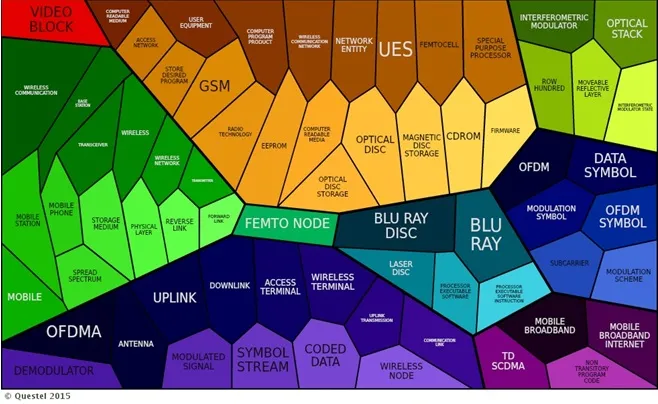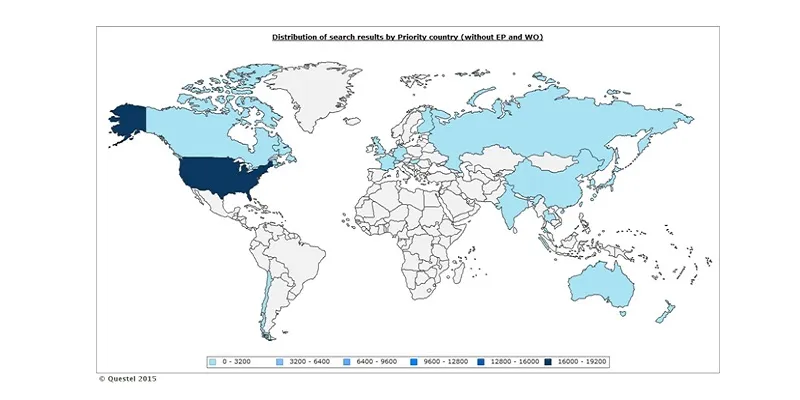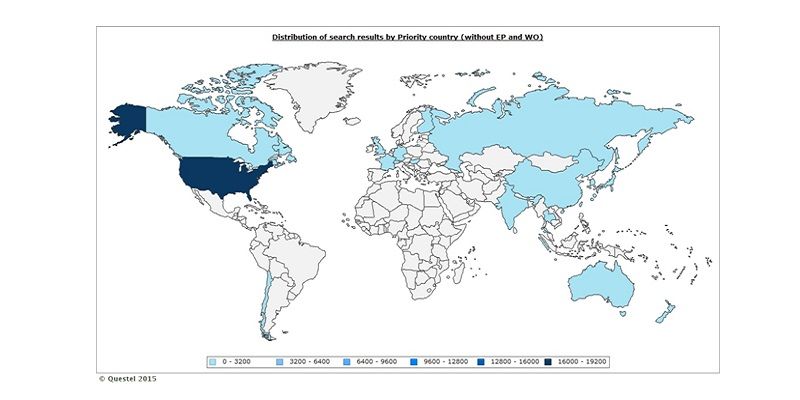Qualcomm and its huge patent portfolio you should know about
QUALCOMM’s journey in the wireless industry began with a different goal, but reached a bigger destination. They began with a goal to build a commercial product for the wireless telecommunications market place. This led them to develop a satellite-based data messaging service know as OmniTracs ®, used by trucking industries, and was introduced in 1988. It is now one of the largest and widest used technologies in the transportation industry.
Their next endeavour was Code Division Multiple Access (CDMA), which was first introduced by QUALCOMM in 1989. This was hardly three months after the Cellular Telecommunication Industry Association (TIA) endorsed a digital technology known as Time Division Multiple Access (TDMA). It was a big risk that QUALCOMM was dipping into. But to QUALCOMM’s surprise, the TIA soon implemented a cellular standard based on the CDMA technology, which soon became the standard for any Personal Communication Service (PCS). This was when their ground breaking technology started to grow. Then in 1999, the International Telecommunication Union adopted CDMA as the primary technology for Third Generation (3G) wireless system. After this, there was no turning back for QUALCOMM’s CDMA technology.
We know of QUALCOMM as being pioneers in the wireless network technology domain. But did you know their wings also have feathers of technologies from other subject domains? Their long list of patents has been categorised to get a visual understanding of the wide array of industries QUALCOMM has ventured into. These graphs have been generated using the Questel Orbit Patent Database after performing a strategised search and analysis. These graphs represent analysis data of about 21,500 relevant patents that are assigned to QUALCOMM.

As mentioned earlier, QUALCOMM is a pioneer in wireless technology. More specifically, GSM (2G), CDMA (3G) and OFDMA (4GLTE) are all different generations of wireless networks that QUALCOMM is well known for. GSM, which uses the 2G technology, was one of the first concepts that were introduced, and it still remains as the most widely used network in the world with about five billion connections worldwide. The above graph gives an overview of the different technologies associated with GMS represented in the brown section.
The next concept that came into the market was that of CDMA, which utilizes the 3G technology. CDMA is a QUALCOMM-owned technology and can be found in majority of the 3G networks worldwide. The CDMA technology accounts for one of the most profitable and lucrative portions of QUALCOMM’s patent portfolio. Even though this has not been explicitly shown in the graph above, the 3G technology consists of a combination of the above mentioned concepts forming a strong patent portfolio.
The more recent innovation is based on 4G LTE technology technically known as OFDMA. This technology is currently at its growing stage, and still in process of penetrating into bigger markets. The concepts in this technology can be seen as being represented in the blue section of the above graph.
So as the above graph shows, wireless network technologies is not the only domain that QUALCOMM has wet their feet in. The following graphs give a more general overview of QUALCOMM’s patents and their dispersal into different subject domains and industries.

This technology domain graph gives an insight into the different industries that QUALCOMM has ventured into with respect to Research and Development. Even though telecommunication and digital communication takes the first place with the highest number of patents, other domains such as semiconductors, electrical machinery, optics, micro-structures and nanotechnology have also been ventured into.

The above graph gives a country-wise distribution of QUALCOMM’s patents. It’s very inspiring to see that QUALCOMM has its wings spread to countries all over the world. Even though QUALCOMM does not have patents in every country, it is known that any product that is associated with 3G technology will be indirectly paying royalties to QUALCOMM. Why? Because each 3G chip manufacturer worldwide is, in some way or theother, using QUALCOMM’s technology.
As seen in the above graphs, the strength and diversity of QUALCOMM’s patent portfolio is surely something to yearn for. But to add on to this, QUALCOMM has recently purchased one of HP’s patent portfolios, which includes patents with respect to ‘Fundamental Mobile Operating System Techniques.’ This only goes to show that QUALCOMM continues to grow and develop the strength and diversity of its patent portfolio to ensure that they remain pioneers in their field of technology.
One of this era’s paramount technological achievements is the 3G technology.QUALCOMM has built it to avoideffort to reach out to consumers directly.Instead, it indirectly makes it an unavoidable component for any manufacturer around the globe. Who knew that patenting such technologies would eventually be declared as standard essentials for manufacturing any product associated with the wireless network technology? It’s always encouraging to set goals keeping companies such as QUALCOMM as role models for any company.
One shouldn’t only work hard, but should rather work smart, and this may lead to owning a flagship technology one day.
About the authors:
This post is co-authored by Gaurav Singhal and Ananya Dhuddu. Gaurav is the Director and Principal IP Attorney at Patracode Services Pvt Ltd. A B.Tech in Computer Science, LLB from IIT-Kharagpur and Masters in Business Laws from National Laws School of India University, Gaurav has been working in the IPR field since many years. Ananya Dhuddu is an IP Analyst at Patracode Services Pvt. Ltd. She is a Life Sciences graduate from Pennsylvania State University, USA. She holds a PG Diploma in Medical Law and Ethics from National Law School of India University, Bangalore and a PG Diploma in IPR and Patent Management from GIIP, Bangalore






